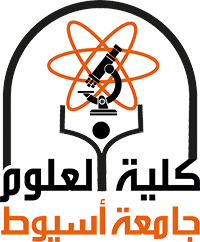The subsurface and surface structural geometries of the United Arab Emirates (UAE) fold-andthrust
belt (FTB) and foreland basins are interpreted from seismic, well data, and surface geology. Twelve
horizons ranging in age from Miocene to Lower Jurassic were interpreted and mapped. Additionally,
we outlined subsurface extent of Sumeini and Hawasina allochthonous nappes. The tectonic subsidence
curves suggest that the final major passive margin rifting event occurred in the early Aalenian and lasted
till Oxfordian. Loading of the Semail ophiolite thrust sheet and accompanying allochthonous thrust sheets
resulted in uplift at ca. 95 Ma and rapid subsidence at ca. 83 Ma, indicating the transition of the Arabian
margin from a rifted passive margin to a foreland basin. The region witnessed an accelerated subsidence
during the late Oligocene-Miocene, attributed to the initial collision of the Central Iran and Arabian plates.
The Permian-Jurassic NW-SE oriented rift faults were reactivated as thrust faults during the Late Cretaceous
ophiolite obduction and late Oligocene-Miocene continental collision. Two different tectonic regimes are
identified in the FTB. The northern regime is characterized by major inversion of the rift faults with up to
3,700 m throw, whereas the southern regime has a major pop-up structure with possible basement origin.
Four major west-verging and east-dipping thrusts, which cross the northern area, form fault-propagation folds
and dissect the entire stratigraphy. Moreover, the Hawasina décollement, together with the inverted basement
structures formed the Jabal Hafit anticline as a backthrust structure.
Research Abstract
Research Date
Research Department
Research Journal
Tectonics
Research Member
Research Publisher
Wiley
Research Rank
Q1
Research Vol
41
Research Year
2022

